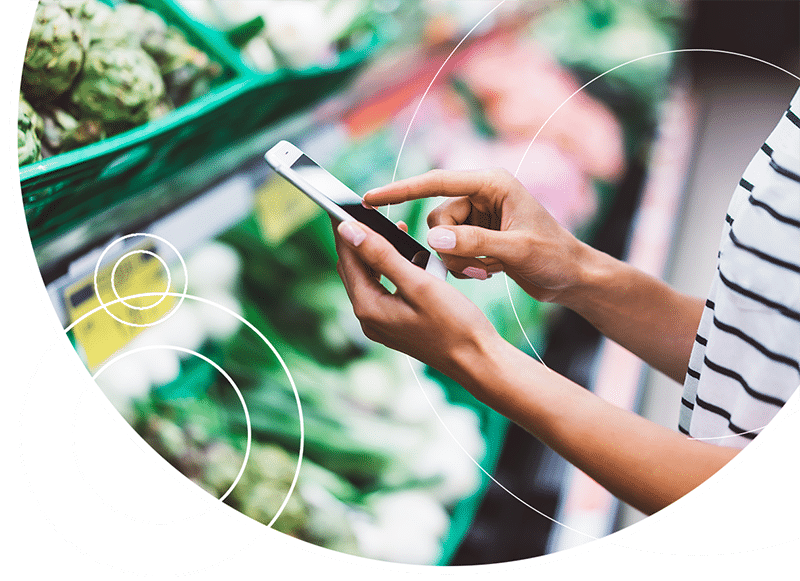When it comes to consumer-based technology, there’s no slowing down when it comes to new “things” being introduced into the marketplace—especially when it comes to AI and digital assistants and the emphasis big players are placing on what can only be described as the digital home invasion. Why invasion? That’s not meant to be alarmist—more so, it’s the reality that digital homes are becoming the norm.
You see, the digital assistant / smart speaker part is actually just the interface—it’s what it controls that’s truly interesting—as it represents a future that has already arrived. From connected thermostats, to lightbulbs, smart TVs, appliances, and more, the influx of IoT devices is at an all-time high. Pair that with the likes of streaming television, movie and music services, and the digital assistant becomes the epicenter for all things personalized in the home.
But like any new technology, many question the probability of mass adoption. It’s always easy to dismiss new technology as fads, generational, or otherwise. And for many technologies, most would be right in paying little to no attention (Google Glass I’m looking in your direction).
However, in the case of IoT and digital assistants, one needs to look no further than the stats of adoption. As of today, one in six adults in the US own digital assistants: that’s a staggering 39 million people. Even better, 65% of those who own them can’t imagine living without them.
So, what does all of this have to do with the world of retail you may ask? Well, to put it bluntly, everything! The issue that retailers need to immediately account for is that digital assistants and smart speakers, AI, and IoT are becoming the new standard by which people interact with the world. As smart speakers replace antiquated devices, they become the epicenter of control. By simply speaking into the air, users can turn lights on and off, control the temperature, request music to be played, and order food, items from the internet, car services, the list goes on.
And, if all of that becomes the new personal standard for homes and users, the question becomes where does your establishment sit within that ecosystem? Can people connect to and order from your eCommerce platform? However, even that is already antiquated. If your eCommerce platform can’t be reached via AI as of today, then there’s a short-term critical project to address right away.
But, here’s the more pressing issue: Can people order food or schedule reservations at your restaurant? Can they order items from your retail establishment? Can they dictate a grocery list and ask for recipes for dinner from your grocery store? No? Not to be the bearer of bad news, but you have bigger issues coming down the pipe to address. And not just to be competitive but, more so, to survive.
Now, please understand this isn’t meant as a scare tactic. Consider it more of a wakeup call. For businesses of any kind, the feeling should be the same as the buggy whip industry as it witnessed the first fleet of Fords roll off the production line and into the streets. Times change, and so must business.
The good in all of this is that the technology is there, and actually easier to deploy than one might think. And if that is the case, the opportunity to be exploited here is one of the greatest in history.
Imagine the implications. Gone are the days of old-school advertising and marketing: spray and pray techniques that result in on-again / off-again results with little predictability. Now, your business can reside inside every person’s home. You have a direct touchpoint online, in-app, in-store—even in-home and in-car for that matter. A direct intrinsic connection where your company represents the wants and needs of an individual—personalization as never seen before.
The point in all of this is not to be scared, or to be dismissive of the coming new world order. Embrace it, chase it, make it an integral part of your business process. Take advantage of this opportunity to build your company into something far more spectacular than ever imagined.
Or, you could lean towards the other option that sounds like, “Hey Siri, whatever happened to that store I used to shop at?”
The choice is yours.

Andrew Armstrong
Chief Customer Officer
Andrew Armstrong is the Chief Customer Officer at omNovos – working globally with customers to design world-class customer engagement programs. He’s a prolific writer and speaker on topics including customer loyalty, personalization, and retail marketing technologies. Connect with him on LinkedIn or Twitter - his open approach to all topics usually leads to a fun discussion and a few laughs.

